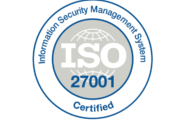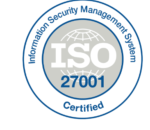






Without an efficient asset management system, keeping track of equipment usage, maintenance, and location is challenging—leading to lost productivity and wasted resources.

Maintaining fleet vehicles and equipment without real-time insights can lead to unexpected breakdowns, impacting project schedules and increasing maintenance costs.
Handling vendor agreements, audits, rebates, and budgets through spreadsheets leads to errors and eats up time better spent on operations.

Without a single, accessible place for field teams to request new or replacement assets, delays in communication and asset shortages can disrupt daily operations.

Managing rebates across multiple vendors and contracts through manual methods is error-prone, potentially losing valuable revenue and consuming team resources.

Manual asset audits are time-consuming and often result in discrepancies, affecting inventory accuracy and accountability.
Tracking asset utilization, especially during seasonal shifts, is challenging without real-time insights, leading to inefficient use or early wear of equipment.

Manually transferring data between disconnected systems is error-prone, wastes hours, and leaves your team without reliable data to drive decisions.

Disconnected systems for tracking financials, asset status, and vendor contracts create inefficiencies, leading to costly errors and slowed decision-making.

Without automated alerts, manually keeping clients informed on project progress and billing status is a challenge, impacting satisfaction and trust.

Operating without real-time telemetry data leaves your team without key environmental insights, limiting proactive adjustments that could improve project outcomes.

Manual scheduling of assets often leads to conflicts or idle time, making it difficult to ensure that equipment is available when needed most.
























